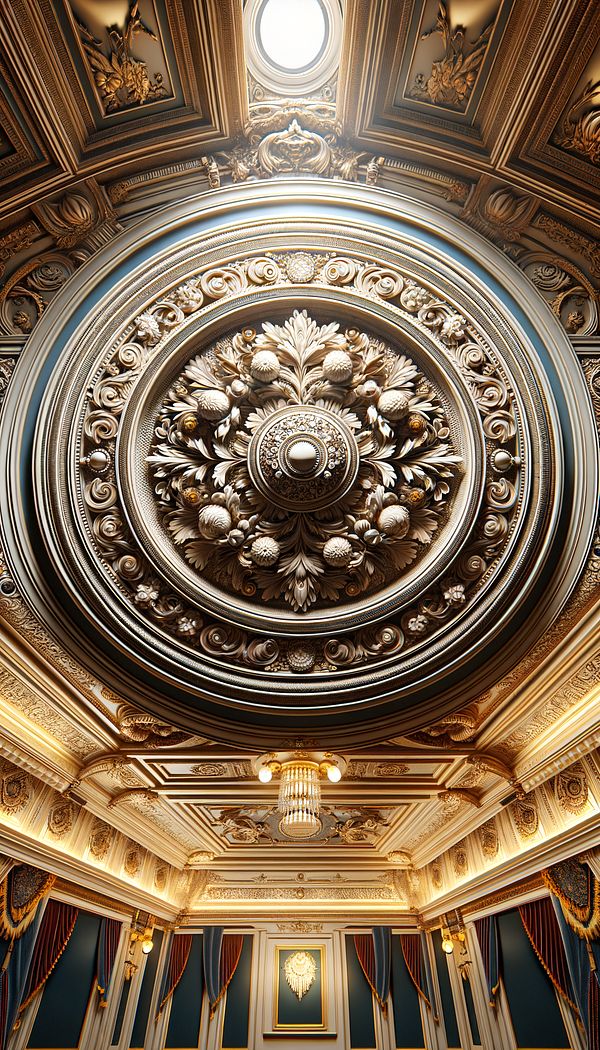What is a Roundel?
A roundel is a circular decorative element used in architecture and design.
Description
In the realm of interior design, a roundel is a circular feature that can serve both architectural and decorative functions. These elements are historically rooted and can be found in a variety of contexts, including in architecture, furniture design, and even in the decorative arts. Roundels often feature intricate designs, carvings or motifs, and can range in size from small decorative discs to larger architectural elements that are integrated into the structure of a building.
Roundels add a sense of elegance and historical depth to interior spaces. They can be used to accentuate architectural details, function as standalone decorative objects, or even serve as focal points in a room's design. The use of roundels in interior design is versatile; they can complement traditional, classical, and even modern aesthetic sensibilities depending on their design and the context in which they are used. Moreover, roundels can be made from various materials, including wood, metal, plaster, or stone, further adding to their adaptability in design applications.
Usage
One common application of roundels in interior design is in wall treatments, where they may be used as decorative plaques or incorporated into moulding designs. Additionally, roundels can be found in furniture design, where they are often used as ornamental elements in pieces such as cabinets, armoires, or even table designs. In more architecturally focused uses, roundels might appear in ceiling designs, as part of railing systems, or as a decorative element in door designs.
FAQs
-
Can roundels be used in modern interior design?
Yes, roundels can be integrated into modern interior design. While they have historical roots, the simplicity and symmetry of roundels can complement a modern aesthetic, especially when crafted from contemporary materials or featuring minimalist designs.
-
Are roundels only used indoors?
No, roundels are not limited to indoor use. They can also be applied in outdoor settings, such as in the design of patios, garden walls, or as decorative architectural elements on the exterior of buildings.
-
How are roundels incorporated into furniture design?
In furniture design, roundels are often used as decorative elements, adding visual interest to pieces like cabinetry, tables, or headboards. They can be carved, cast, or attached to furniture pieces, enhancing the overall design with their ornamental appeal.
Practical Application
When considering incorporating roundels into your interior design, think about their placement and context. Roundels can be effectively used to break up monotony and add interest in a space. Consider the material and style of the roundel in relation to other decorative elements in the room to ensure cohesive design. Also, varying the scale of roundels can add dynamism to your design project, with larger roundels serving as focal points and smaller ones accentuating details.
-
Architectural Elements199 articles
-
Furniture Types599 articles
-
Decorative Techniques322 articles
-
Decorative Objects240 articles
-
Wall Treatments & Finishes157 articles
-
SplatA central element of the backrest in a chair, typically wooden, that provides both support and decorative value.
-
BohemianBohemian is a design style that embodies a carefree, eclectic aesthetic with a focus on rich patterns and vibrant colors.
-
ProportionProportion in interior design refers to the ratio between elements in a space.
-
DebossDebossing is a decorative technique involving the creation of recessed designs on a surface.
-
AlignmentAlignment in interior design refers to the arrangement of elements in a way that creates a line or row, forming a visual connection.
